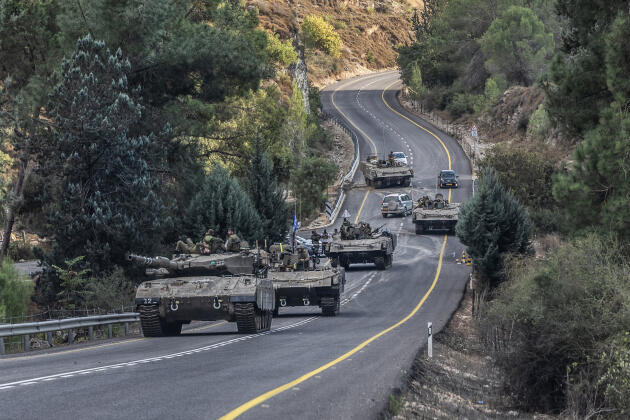“Saw Something; Said Something”: the Success of the NYC Public Awareness Campaign Against Terrorism
Written by Mr. Brett Goldman & Det. (Ret.) Mordecai Dzikansky
While the next few days will no doubt produce more questions than answers surrounding the attempted car bombing in Times Square, one thing is certain: the public awareness campaign created by the NYPD and MTA known as “See Something-Say Something” is working. Following 9/11, authorities in New York sought to bring the public on board with public safety, including the fight against terrorism. Here, the ides of “see something, say something” was born. Anyone who has traveled on public transportation in and around New York should be familiar with the ad campaign, including posters on what to do if you see suspicious objects or suspicious individuals. If the response of street vendors Lance Horton and Duane M. Jackson proves anything, it’s that “See Something, Say Something” is working.
On the evening of May 1, 2010, a Nissan Pathfinder with dark tinted windows was left running on a side street off Broadway. The SUV, packed with three propane tanks, two gasoline containers, firecrackers, detonators, and one hundred pounds of fertilizer to create what is known as a VBIED (Vehicle Borne Improvised Explosive Device) began to smolder, while the man seen driving the vehicle was seen fleeing the scene. Almost immediately the two men who are familiar with the street and general confusion in the area noticed that something was not right and quickly informed the police. Although the would-be bomber had fled the scene, the quick thinking of Mr. Horton and Mr. Jackson made it easier for the NYPD to begin the search. In an interview with the BBC on May 4th, Mr Jackson said “he did not think he was a hero, but was “just a guy in a familiar area and when I saw something unfamiliar I acted upon it”.[1] Furthermore, the Washington Post reported that Mr. Horton referred to the “see something, say something” campaign following 9/11[2].
Public awareness campaigns and active citizens are only one component of the quick response to the smoldering SUV parked near Times Square. A phone call into Retired NYPD Detective Mordecai Dzikansky highlights not just the effectiveness of a heightened (and sensible) public sense of awareness, but the how the use of video cameras played a part in the investigation following Mr. Horton and Mr. Johnson’s tip-off. Det. (Ret). Dzikansky made note that the increased use of video surveillance in and around high traffic and high-risk areas have made it easier to identify possible assailants.
One could argue that public awareness campaigns such as “See Something, Say Something” create panic and do nothing more than to point fingers at suspicious people, ultimately creating a culture of suspicion and fear, and that video surveillance cameras are a precursor to a police state. However time and time again, attackers are identified because of the proper use of video surveillance, sometimes taking a potentially devastating situation and diffusing it. Furthermore, it is not uncommon that attacks are attempted or are carried out by individuals that are later described to have exhibited textbook signs of possibly being a terrorist. Perhaps someone makes an accusation that their neighbor might be a terrorist; an investigation is conducted and it turns out to be some kind of misunderstanding—these things happen. But what if that neighbor is Maj. Nidal Hassan? Someone who had ties to a terrorist organization and made statements that should have raised red flags amongst his peers, yet they were too afraid to say something? What then? Now the guilt of not doing something could be felt for years.
Yet if the actions of Mr. Horton and Mr. Johnson are indicative of anything, it is that people are taking note of their surroundings, and if they see something, they say something. Maybe that out of place bag or car will turn out to be nothing, but then again, it could be the Nissan driven by Fasil Shahzad filled to the brim as an improperly assembled VBIED. Almost ten years after 9/11, the threat of terrorism—from both domestic and international sources—remains, and as we have seen, seeing something and saying something might just serve as one of our best lines of defense.
Notes:
[1] https://news.bbc.co.uk/2/hi/in_depth/8661246.stm
[2] https://www.washingtonpost.com/wp-dyn/content/article/2010/05/03/AR2010050303951.html






